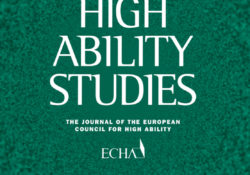tandfonline.com – Identifying student retention factors of a UK university using the concept of a learning community: a qualitative approach
tandfonline.com har udgivet en rapport under søgningen “Teacher Education Mathematics”: ABSTRACT ABSTRACT The UK will need a skilled IT work force to maintain its position as a world leader in computing research and development. This study investigated the experience of learning communities amongst first year undergraduate computing students at a UK university. The concept of a learning community was used to examine its influence on student academic and social integration, the issues students need to overcome and the knowledge they need to acquire to become successful. A qualitative approach was employed using the ‘unfolding matrix’, which was completed during group interviews. The data analysis results revealed that learning communities critically affect students’ academic and social integration. Specifically, the importance of student support and guidance from academic staff was considered, as… Continue Reading

